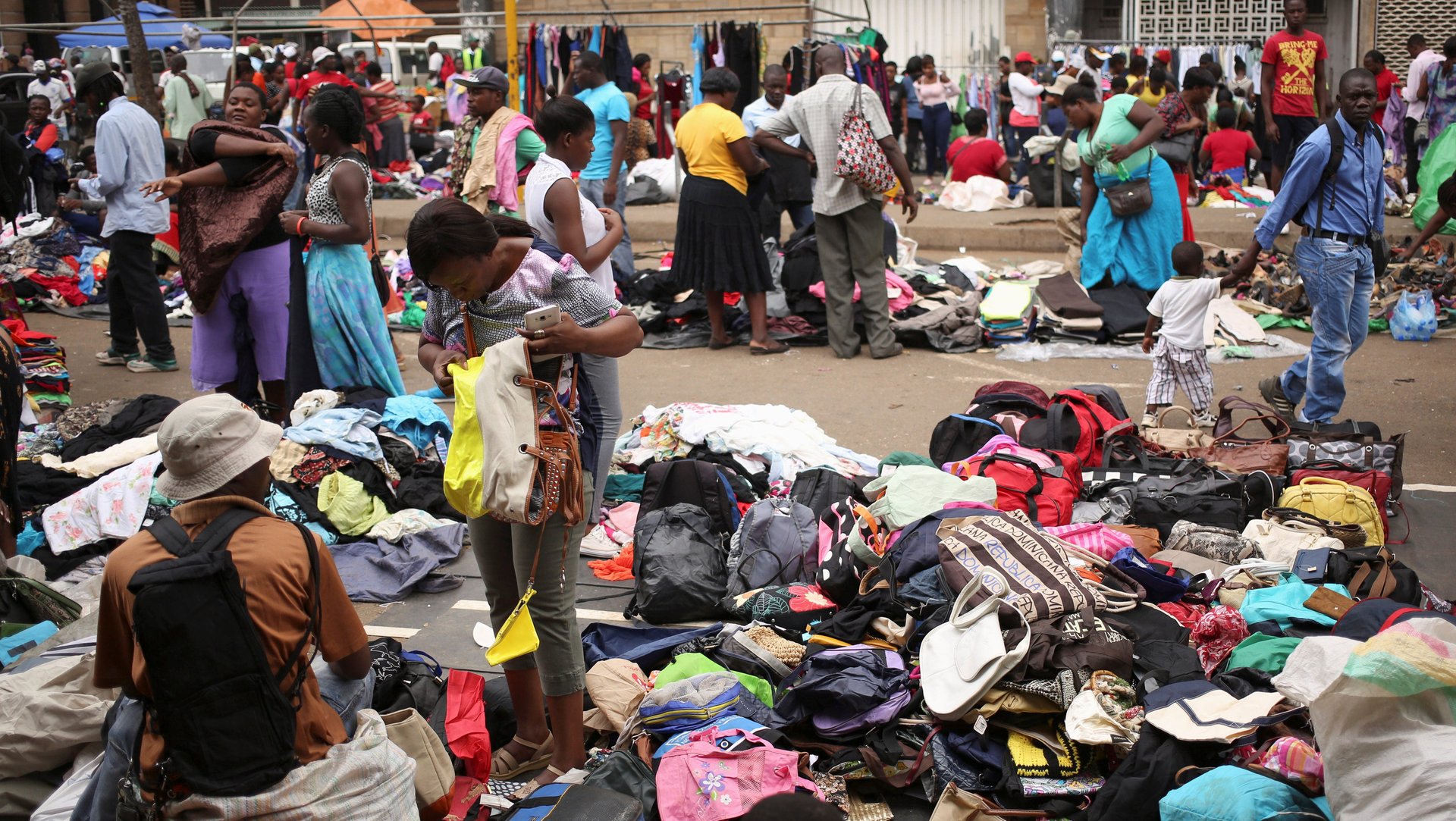Africa’s economic outlook is promising for 2018, but there are clouds on the horizon
On the face of it, 2018 is going to be a good year for sub Saharan Africa’s economies. The World Bank forecasts growth of 3.2% for the year, up from 2.4% in 2017. It also predicts slightly higher growth for 2019 of 3.5%.


On the face of it, 2018 is going to be a good year for sub Saharan Africa’s economies. The World Bank forecasts growth of 3.2% for the year, up from 2.4% in 2017. It also predicts slightly higher growth for 2019 of 3.5%.
As usual, much of that growth will still rely on improving commodity prices and executing economic reforms. But it’s all rather delicately balanced. World Bank thinks a drop in commodity prices, higher-than-expected global interest rate rises and the ongoing debt mismanagement by some countries could set the region back.
Ultimately, as Brookings points out (pdf) in its Foresight Africa 2018 report, half of sub Saharan Africa’s economies will grow at a rate similar to or higher than during the heyday of the “Africa rising” narrative, which was in the run-up to the commodity price crash of 2014.
The region’s growth is higher, at 5%, if you exclude the big three economies of Nigeria, Angola, and South Africa. The first two, as the continent’s largest oil producers, should see accelerated expansion as oil prices recover this year. Brent crude hit a high of $70 this past week. That’s good news for president Buhari’s 2019 re-election bid in Nigeria and the reform agenda of Angola’s still new president Lourenço—after 38 years of president dos Santos. The World Bank says South Africa will expand by 1.1% compared with 0.8% last year while Nigeria should grow by 2.5% from 1% in 2017. Angola will expand by 1.6%.
But the big economies have to get their act together, says Brahima Coulibaly, director of Brookings’ Africa Growth Initiative: “These large economies are at risk of a lost decade unless policymakers implement significant reforms to shift the growth model away from excessive reliance on oil in Angola and Nigeria and, in the case of South Africa, to overcome structural problems—many inherited from the apartheid era.”
It makes sense. Most of 2018’s top performers are non-commodity intensive economies. The list is led by Ghana (8.3%), which we should point out is boosted by oil & gas expansion, Ethiopia (8.2%), Côte d’Ivoire (7.2%), Djibouti (7%), Senegal (6.9%) and Tanzania (6.8%). Africa has six of the world’s ten fastest growing economies this year, according to the World Bank.
Cloudy horizon
But both the World Bank and Brookings warn that many of the region’s economies—regardless of size or growth rate—need to pay more attention to debt management in 2018. IMF chief Christine Lagarde made this perfectly clear in her interview with us last month. Public debt is approaching critical levels in some countries in the region, says Brookings. Debt was at 56% of GDP on average in 2017 versus 40% in 2013. It exceeded 25% in oil-dependent countries last year.
Like Lagarde, Brookings believes there will be tighter monetary policies introduced in advanced economies over the coming months which will have an impact on African economies with both unfavorable foreign exchange rates and existing and future debt becoming more expensive.
Among several fixes, including aiming to improve on the abysmal savings rate in the region, Brookings argues for an improvement in building tax revenue. While the OECD average tax revenue to GDP ratio is 24%, Africa’s at 15%. The low rate can be explained by so many of the region’s economies being dominated by the informal sector—and it also means there’s still plenty of room to grow.